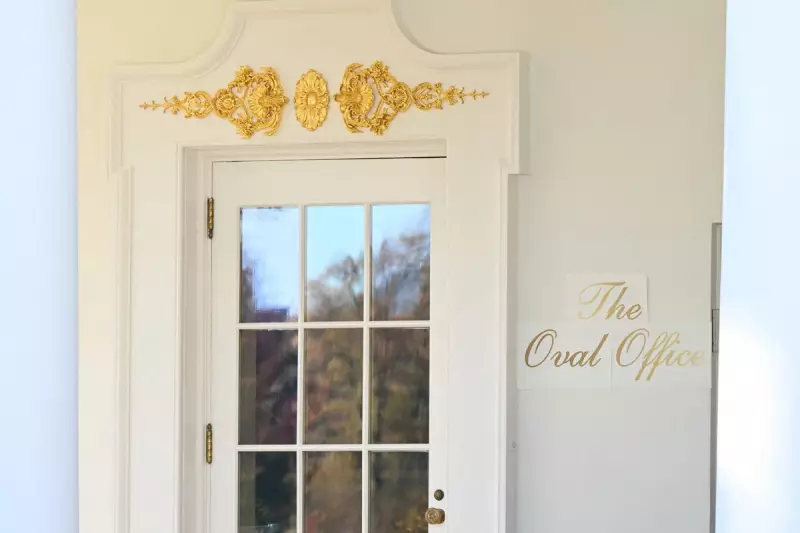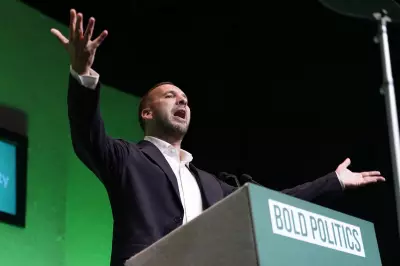
In the waning days of his presidency, Donald Trump made one final symbolic addition to the White House that has captured political attention. A new brass plaque appeared directly outside the Oval Office doors, bearing a message that perfectly encapsulates the populist rhetoric that defined his political movement.
The 'Forgotten' Message
The plaque features a powerful quotation from Trump's 2017 inaugural address: "The forgotten men and women of our country will be forgotten no longer." This carefully chosen phrase represents the cornerstone of Trump's political philosophy, positioning himself as the champion of ordinary Americans against the political establishment.
Positioned prominently on the exterior of the Oval Office entrance, the installation serves as a permanent reminder of Trump's unique approach to presidential leadership. The location ensures that anyone entering or leaving the presidential office would encounter this message, creating a constant reinforcement of his populist credentials.
Timing and Controversy
The plaque's appearance during Trump's final week in office has raised eyebrows among political observers. Some see it as a defiant final statement, while others interpret it as an attempt to cement his legacy in the physical fabric of the White House.
This isn't the first time Trump has made changes to the Oval Office environment. Throughout his presidency, he frequently rearranged and added elements that reflected his personal style and political messaging. However, this permanent installation in the final days of his term carries particular symbolic weight.
Historical Context of Presidential Symbols
Presidents have long used the Oval Office and its surroundings to communicate their values and priorities. From the choice of artwork to the rearrangement of furniture, these spaces serve as canvases for presidential expression.
Trump's plaque joins a tradition of symbolic gestures, though its explicit political messaging and permanent nature distinguish it from more conventional decorations. The decision to place such an overtly political statement in a semi-permanent location breaks with certain traditions of presidential decorum.
Reactions and Implications
The installation has generated mixed reactions, with supporters praising it as a fitting tribute to Trump's political mission and critics questioning the appropriateness of such overt political messaging in the White House's sacred spaces.
As the Biden administration takes office, the future of this addition remains uncertain. The new plaque represents not just a physical addition to the White House, but a philosophical challenge to the incoming administration and a lasting marker of Trump's unconventional presidency.
This final act of symbolic communication ensures that even after departing the White House, Trump's populist message remains literally embedded in the architecture of American power, waiting to be encountered by future presidents and visitors alike.





